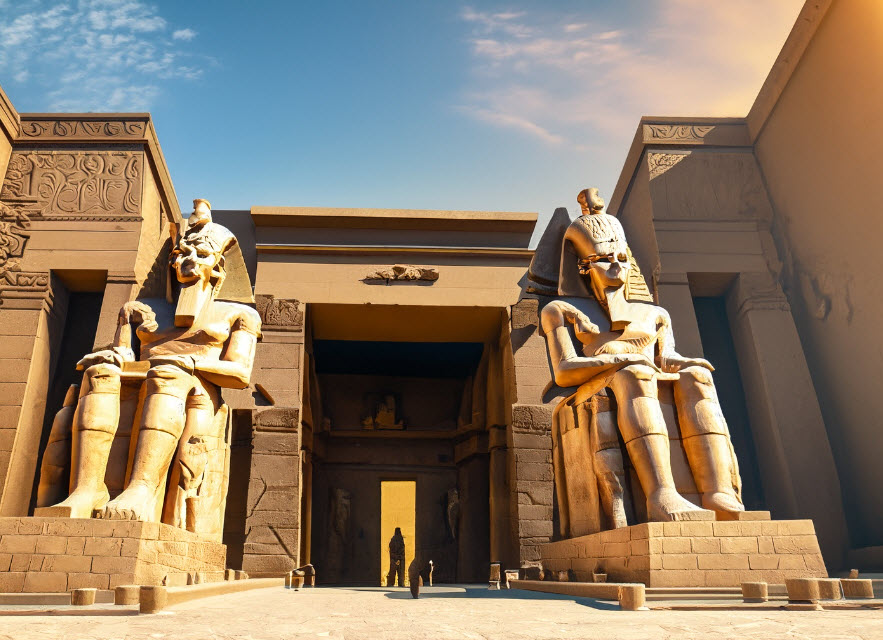Museums and heritage institutions rely on originality and immersion to engage visitors physically, cognitively and emotionally.
The first type of emotion provoked in visitors are aesthetic emotions, specific to art. The viewer may feel a certain sense of joy or surprise at the beauty or spectacularity of a work. His reaction will depend on his relationship to art, his knowledge in the field, but also his tastes, personality and values.

Empathy is also an emotion we seek to arouse, when it comes to raising public awareness of serious historical or current events. This is the case for exhibitions on subjects such as the Holocaust, slavery, wars, natural disasters…
In this type of configuration, negative emotions are useful and can change visitors’ perception of the world. But in other circumstances, emotions like disgust or fear are unwelcome. The exhibition Our body exhibition on human anatomy, for example, caused controversy by offending sensibilities with its display of human skeletons.
Cultural and heritage institutions are redoubling their creativity to take their audiences on adventures beyond their expectations, eliciting unforgettable emotional responses.
London’s Imperial War Museum stands out for its ability to immerse visitors in extraordinary emotional experiences. Through a striking reconstruction, visitors can slip into the shoes of a First World War soldier by entering an authentic trench. This realistic immersion takes the audience on a breathtaking emotional journey, enabling them to better understand the history and hardships endured by these courageous soldiers.
Similarly, the museum also offers a unique sensory experience by recreating the bombing of London during the Second World War. Thanks to innovative sensory devices, visitors can feel the vibrations and deafening sounds of explosions, immersing themselves in the eerie atmosphere of this dark period in history.
These immersive experiences demonstrate the power of exhibitions to create deep emotional connections with their audiences. By drawing on carefully integrated textual, graphic and sensory elements, cultural and heritage institutions offer experiences that remain etched in people’s memories.
As specialists in the creation of immersive experiences, the neodigital agency and artist Basile Bohard are the ideal partners to help cultural institutions and brands develop exhibitions that evoke intense and memorable emotions. By combining cutting-edge technology and creativity, neodigital offers tailor-made solutions to create unique and captivating places that leave an indelible emotional imprint on their audience.
Immerse yourself in the magical world of immersive exhibitions with neodigital and discover how to create experiences that go beyond your audience’s expectations.
Let’s get in touch and talk about it over a cup of coffee!
CEO – Directeur de la création